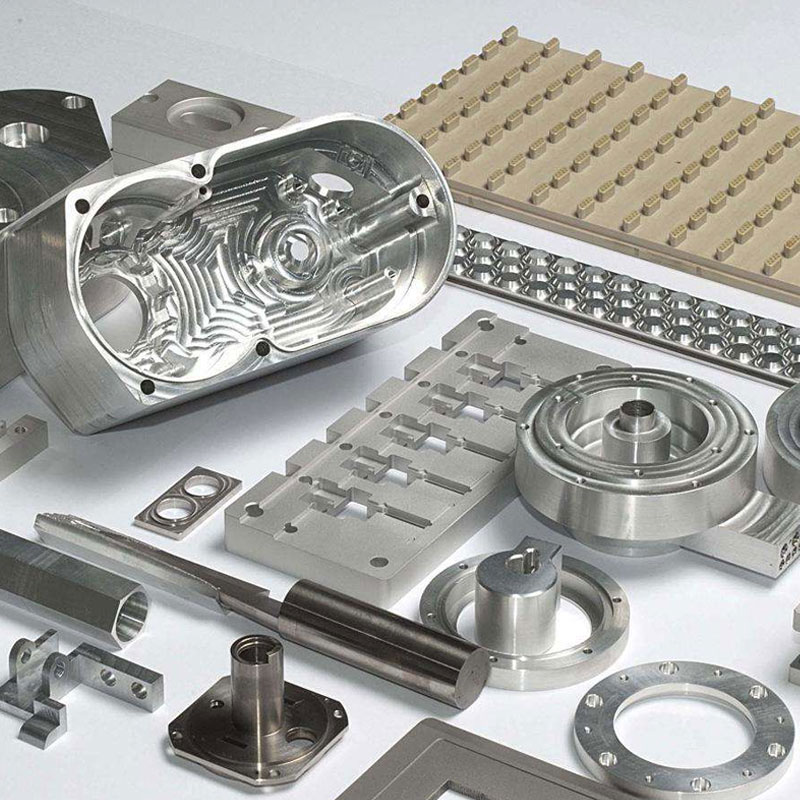Titanium and titanium alloy materials have excellent comprehensive properties such as small density, high specific strength, good toughness, non-magnetic, good corrosion resistance, etc. in important fields such as aviation, aerospace, ships, nuclear power, and petroleum, metallurgy, chemical industry, power, The civil market such as biomedicine has a wide range of applications. However, its high cost limits its further popularization and popularization. Some new titanium alloy ingot preparation techniques have emerged, which can effectively solve this problem, mainly:
- Development of low-cost titanium alloy
Through alloy design, add cheap alloy elements (such as Fe) to replace expensive alloy elements (such as V), etc., develop low-cost titanium alloys to expand the application of titanium alloys. This method has strong feasibility, and uses low-priced alloy elements to achieve the purpose of reducing costs.
The low-cost high-strength titanium alloy Ti-1.5Al-6.8Mo-4.5Fe developed by Timet in the United States using Fe as an alloy element and the titanium Ti-6Al-1.7Fe-0.1Si for automobiles. The former has the same properties as Ti-1023, and the cost is only It is 78% of Ti-6Al-4V; the latter performance is better than Ti-6Al-4V, and the cost can be reduced by 15% to 20%. - Adding back residue preparation technology
In the production process of titanium alloys, a certain amount of residual material will be generated in the process of melting, forging, hot rolling, cold rolling, and tube extrusion. By cleaning the residual material, after classification, the block material and scrap The materials are returned to the application by smelting the vacuum consumable electric arc furnace (VAR), electron beam cold bed furnace (EBCHM), and plasma cold bed furnace (PACHM) by binding the electrode, and the recoverable rate of the residue can be up to 100% .
The price of titanium scrap is only 20% to 30% of the price of raw material sponge titanium. By adding the method of returning scrap, it not only greatly reduces the production cost of some grades of titanium alloys, but also meets the needs of the market and customers. Sub-use provides an effective way. - New melting method
Currently, the methods used in the international production of large-scale high-quality titanium alloy billets include the application of new-type electron beam cold bed furnace, plasma cold bed furnace melting technology, and single-pass cold bed furnace melting direct rolling technology.
The new smelting method can partially replace the vacuum consumable arc furnace smelting, and realizes the short-flow manufacturing technology from the process flow, eliminating the need for the traditional vacuum consumable arc furnace smelting electrode pressing and vacuum welding, etc. Recycling waste. The application of cold bed furnace melting technology not only improves the quality of titanium and titanium alloy ingots, but also reduces costs. Especially if a single cold bed furnace technology is used to melt titanium alloys and directly smelt flat ingots, the processing cost can be saved by 10% ~ 20%.










